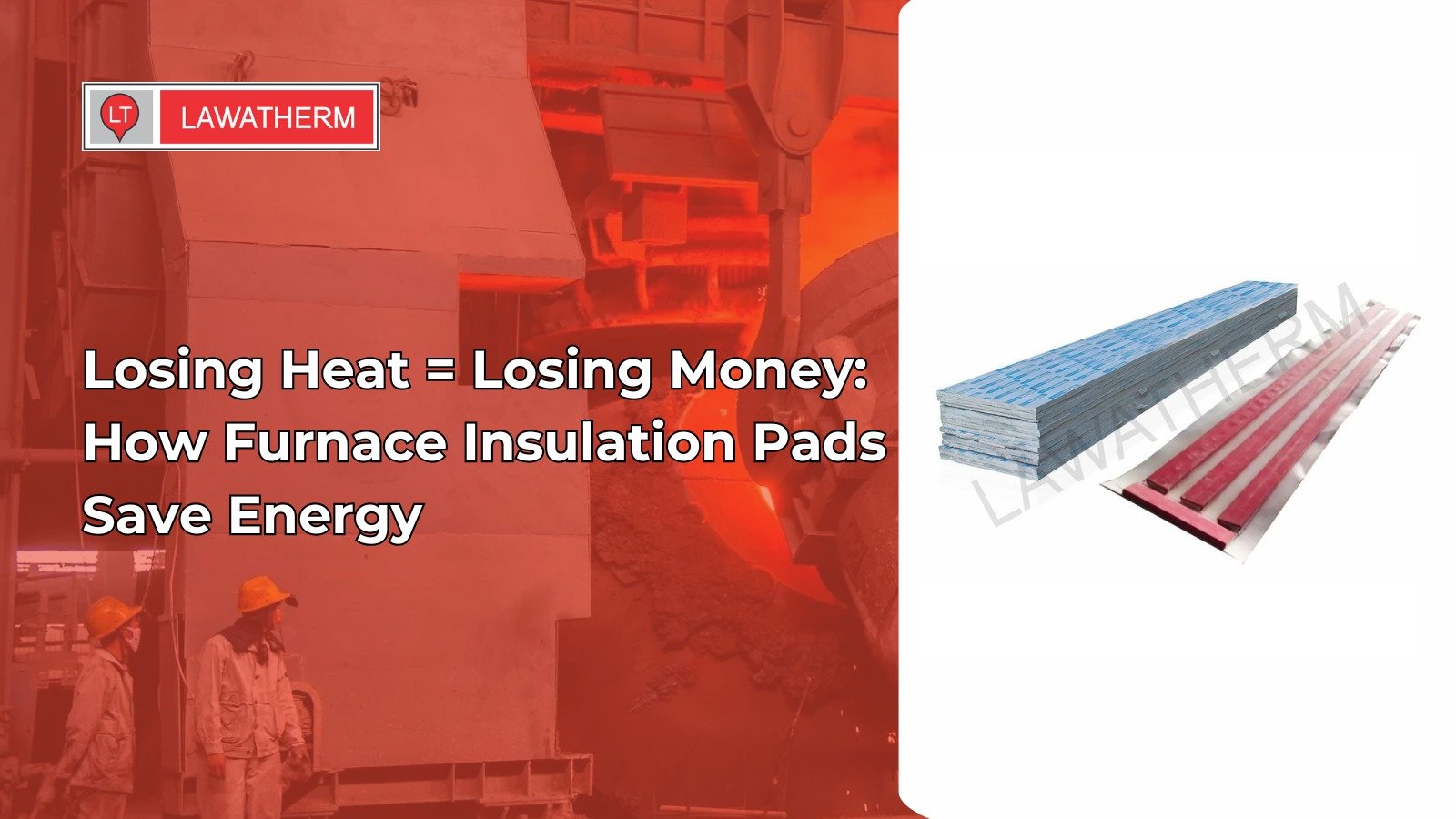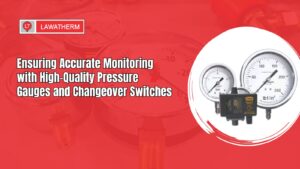Energy consumption is a constant concern in steel production. Induction furnaces consume large amounts of electricity, and any loss adds to your costs. One of the most overlooked reasons for excess power usage is poor furnace insulation.
If your furnace loses heat, it works harder to maintain temperature. That means more power, more downtime, and higher costs. A small investment in quality insulation pad materials can lead to major savings in the long run. Let’s break it down.
What Role Does Insulation Play in an Induction Furnace?
Induction furnaces heat metal by using electromagnetic fields. This process already requires high power levels. Without proper furnace insulation, a large portion of this energy escapes.
Heat loss isn’t just wasteful. It affects temperature stability. Your furnace will struggle to maintain the desired melting point. That means longer melt times and higher electricity bills.
Good insulation traps the heat inside. The furnace heats faster, stays hot longer, and needs less energy to maintain temperature. It’s a direct way to reduce power consumption.
How Insulation Affects Your Bottom Line
Energy is one of the highest operating costs in a steel manufacturing process. If your insulation is worn, cracked, or too thin, it forces your furnace to work harder. You may not notice it right away, but the energy meter tells the story.
For example, a mid-sized induction furnace operating 18 hours a day can lose thousands of units of energy each month from poor insulation. Multiply that by your electricity rate. You’re losing serious money.
Now ask yourself: how often do you inspect your insulation pad? When was the last time it was replaced?
What Happens When Insulation is Ignored?
Here’s what you risk when insulation is treated as an afterthought:
- Unstable melt temperatures
- Slower melting cycles
- Higher electricity usage
- Wear and tear on furnace coils
- More frequent maintenance
- Shorter furnace lifespan
It’s not just a cost issue. It’s an operational risk.
One steel plant upgraded its furnace lining with better insulation pads. The result? A 12% drop in power use per cycle. Over six months, that saved them lakhs in electricity bills.
Choosing the Right Insulation Materials
Not all insulation performs the same. You need high-density, heat-resistant insulation pads that can handle extreme temperatures without cracking or compressing.
Look for materials that:
- Retain shape at high temperatures
- Provide consistent thermal resistance
- Resist moisture and chemical exposure
- Are easy to install and remove during maintenance
Your supplier should also provide insulation designed specifically for induction furnace applications. This ensures a proper fit and heat seal.
At Lawatherm, we understand these demands. That’s why our furnace insulation products are engineered to support consistent performance in high-temperature environments. They help steel plants stay productive while cutting down on waste.
The Role of Insulation in the Steel Manufacturing Process
The steel manufacturing process involves multiple stages—melting, refining, and casting. Every stage depends on precise temperature control.
Without the right insulation, each step becomes inefficient. Inconsistent heat means impurities aren’t removed properly. Melt time increases. The whole process slows down.
If you want to support energy-saving in steel plants, start at the furnace. Insulation is the first layer of defense against heat loss.
How Can You Improve Your Furnace’s Insulation?
- Audit your current insulation
Check for gaps, cracks, or thinning materials. If your pad feels brittle or warped, it’s time for a replacement. - Schedule regular maintenance
Include insulation checks in your routine service plan. Don’t wait for problems to show up in your energy bill. - Work with a trusted supplier
Choose insulation that’s built for induction heating. Cheap materials cost more in the long run. - Train your staff
Operators should know the signs of insulation failure. A well-informed team helps you catch issues early.
Why Lawatherm?
At Lawatherm, we supply high-quality insulation pads for induction furnace applications. Our products are trusted by major steel manufacturing process plants for their durability and performance. If you want to reduce power consumption and improve your melt rate, we can help you get there.
Our insulation solutions are easy to install and built to last. Whether you’re running small batch melts or high-volume production, we’ve got the right product for your furnace.
Final Thoughts
If your furnace is using more power than expected, start with the insulation. Quality furnace insulation isn’t a luxury—it’s a smart investment. It helps you run leaner, cut energy use, and avoid unplanned downtime.
Don’t let heat escape when you can trap it, use it, and save money in the process. Partner with Lawatherm and see the difference a better insulation pad can make in your operation.




